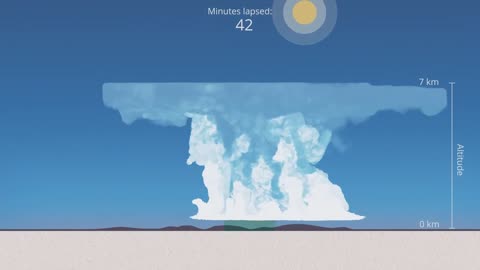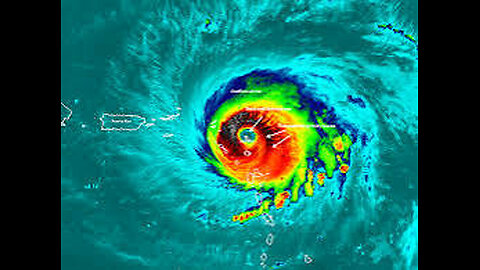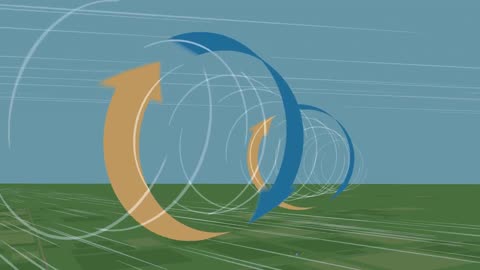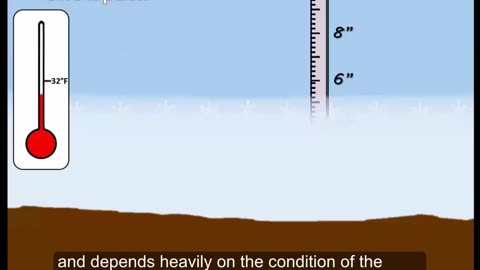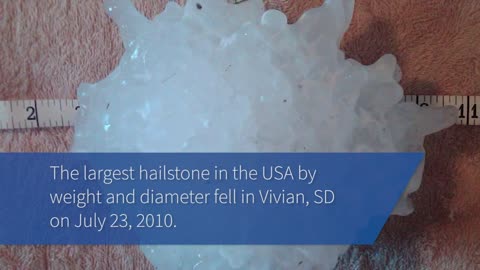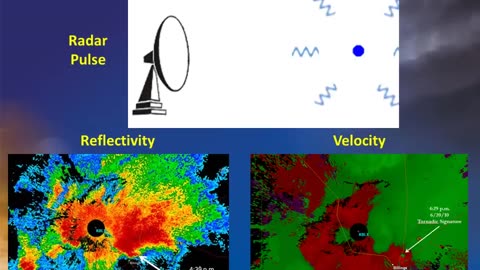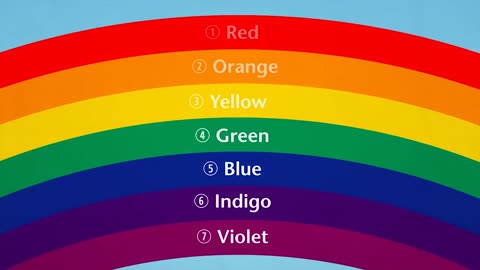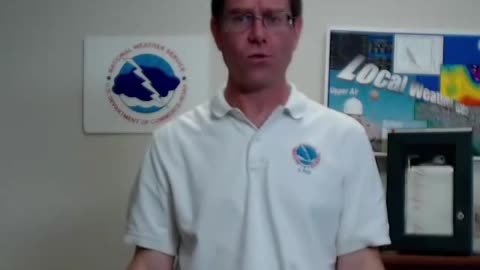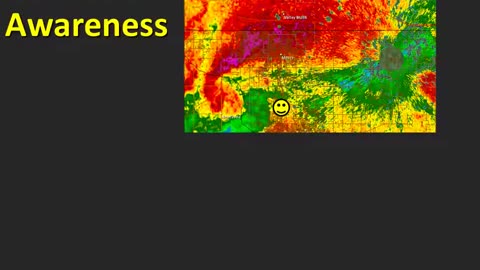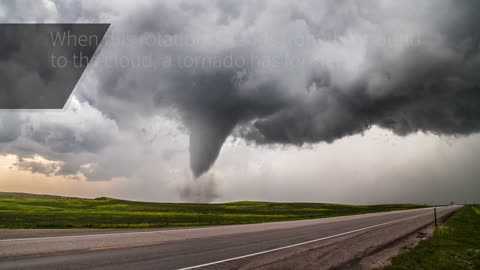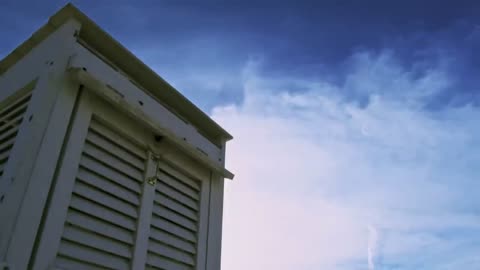Premium Only Content
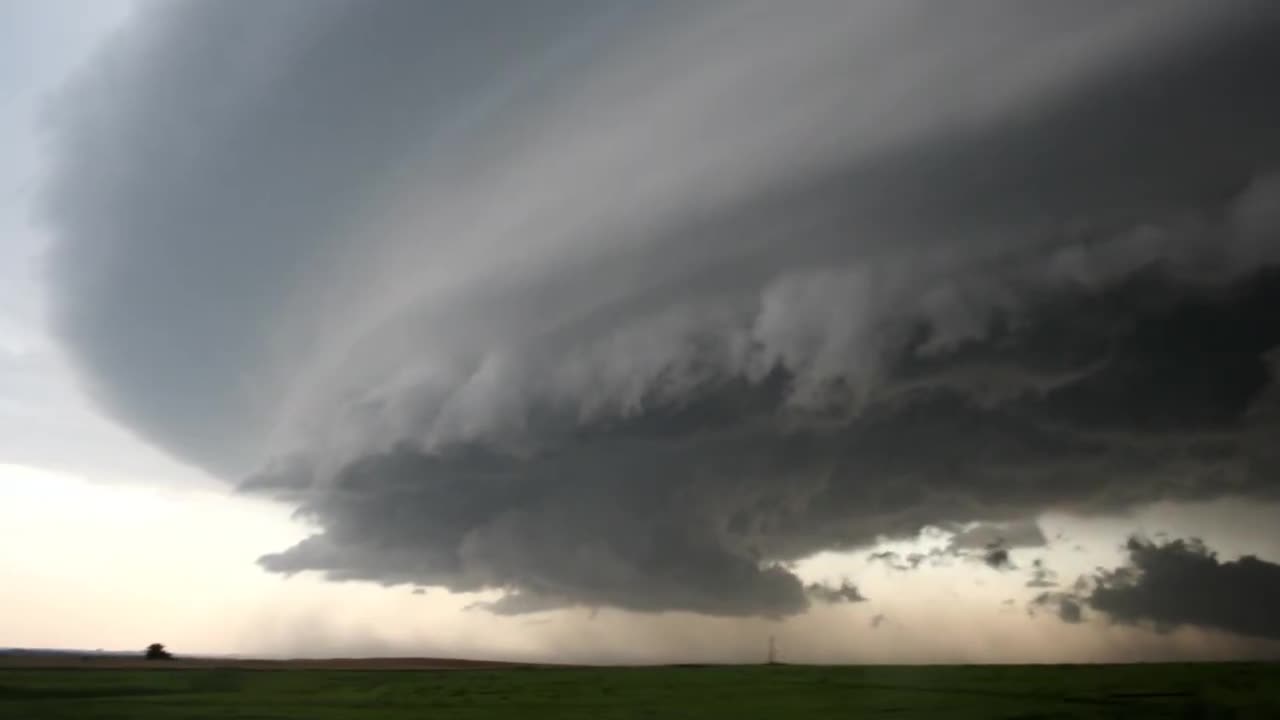
Simulation of an isolated Thunderstorm - Cumulonimbus
RHow Do Hurricanes Form? Meteorology - Weather Basics
What Causes a Tornado? - Meteorological Basics
NOAA: 'The Hurricane Hunters'
What is the Enhanced Fujita Tornado Scale - Weather Basics - Meteorology
What is a Blizzard? Weather Basics - Meteorology
The Science of Hail - Meteorology - Weather Basics
Doppler Weather Radar Basics - Weather Basics - Meteorology
How Do Rainbows Form? - Weather Basics
Thunderstorm Types - Meteorology - Weather
How Does Rain Form? What is the Water Cycle?
Hurricanes - Weather Basics - Meteorology 101
The Science Behind Lightning - Meteorology
How does snow form? - Meteorology
Storm Spotting: Storm Motion and Positioning- Meteorology
The Science Behind Tornadoes - Meteorology
A Tutorial on Cloud Types - Weather 101 - Meteorology
Thunderstorm Types - Meteorology - Weather
Single cell:
These are short lived, and while hail and gusty wind can develop, they are typically not severe. Like all thunderstorms, these can still produce dangerous lightning.
Multi-cell cluster:
These form in clusters with numerous cells that merge together. Their speed can make a difference in the amount of rain an area receives, and they occasionally produce large hail and damaging wind.
Squall line:
A multi-cell line that can extend for hundreds of miles. These can persist for many hours and produce damaging winds and hail.
Supercell:
These powerful storms responsible for most tornadoes in the US. They also produce extreme winds, flash flooding, and very large hailstones.
This video includes footage from:
Author: Grahame Kelaher
Author webpage: https://vimeo.com/user16504279
Licence: ATTRIBUTION LICENSE 3.0 (http://creativecommons.org/licenses/b...)
Downloaded at Mazwai.com
thunderstorm, also known as an electrical storm or a lightning storm, is a storm characterized by the presence of lightning and its acoustic effect on the Earth's atmosphere, known as thunder. Relatively weak thunderstorms are sometimes called thundershowers. Thunderstorms occur in a type of cloud known as a cumulonimbus. They are usually accompanied by strong winds[1] and often produce heavy rain[1] and sometimes snow, sleet, or hail,[1] but some thunderstorms produce little precipitation or no precipitation at all. Thunderstorms may line up in a series or become a rainband, known as a squall line. Strong or severe thunderstorms include some of the most dangerous weather phenomena, including large hail, strong winds, and tornadoes. Some of the most persistent severe thunderstorms, known as supercells, rotate as do cyclones. While most thunderstorms move with the mean wind flow through the layer of the troposphere that they occupy, vertical wind shear sometimes causes a deviation in their course at a right angle to the wind shear direction
Many hazardous weather events are associated with thunderstorms. Under the right conditions, rainfall from thunderstorms causes flash flooding, killing more people each year than hurricanes, tornadoes or lightning. Lightning is responsible for many fires around the world each year, and causes fatalities. Hail up to the size of softballs damages cars and windows, and kills livestock caught out in the open. Strong (up to more than 120 mph) straight-line winds associated with thunderstorms knock down trees, power lines and mobile homes. Tornadoes (with winds up to about 300 mph) can destroy all but the best-built man-made structures.
Where are severe thunderstorms most common?
The greatest severe weather threat in the U.S. extends from Texas to southern Minnesota. But, no place in the United States is completely safe from the threat of severe weather.
What is the difference between a Severe Thunderstorm WATCH and a Severe Thunderstorm WARNING?
A Severe Thunderstorm WATCH is issued by the NOAA Storm Prediction Center meteorologists who are watching the weather 24/7 across the entire U.S. for weather conditions that are favorable for severe thunderstorms. A watch can cover parts of a state or several states. Watch and prepare for severe weather and stay tuned to NOAA Weather Radio to know when warnings are issued.
A Severe Thunderstorm WARNING is issued by your local NOAA National Weather Service Forecast Office meteorologists who watch a designated area 24/7 for severe weather that has been reported by spotters or indicated by radar. Warnings mean there is a serious threat to life and property to those in the path of the storm. ACT now to find safe shelter! A warning can cover parts of counties or several counties in the path of danger.
More Meteorology Videos
https://rumble.com/playlists/JfAj918PQuc
-
 0:11
0:11
Earth Wind and Fire
16 days agoTornado near Titanic, Oklahoma Nov 4, 2024
2742 -
 2:07:25
2:07:25
Steven Crowder
3 hours agoBREAKING: Russia Launches ICBM for First Time in History - What Happens Next?
297K157 -
 LIVE
LIVE
The Shannon Joy Show
4 hours ago🔥🔥While Americans Are Watching WWE Politics: Australia Is Ramping Up MANDATORY Digital ID🔥🔥
415 watching -
 LIVE
LIVE
LFA TV
14 hours agoTHE FIGHT IN ONLY BEGINNING! | LIVE FROM AMERICA 11.21.24 11am EST
5,626 watching -
 1:18:10
1:18:10
Graham Allen
4 hours agoPutin Vows Peace With Trump But WAR Under Biden!! + 400,000 Kids Are MISSING?!
97.6K166 -
 2:11:07
2:11:07
Matt Kohrs
12 hours agoMSTR Squeezes Higher, Bitcoin To $100k & Nvidia Post Earnings || The MK Show
30.3K1 -
 42:07
42:07
BonginoReport
6 hours agoNikki Haley's Hatred of Tulsi Gabbard Just Made Me a Bigger Fan (Ep.90) - 11/21/24
98.5K199 -
 28:41
28:41
Professor Nez
11 hours ago🚨BLOOD on their HANDS! The Man Biden & Kamala Flew In Finally Faces JUSTICE for Laken Riley
50.7K26 -
 1:06:27
1:06:27
2 MIKES LIVE
4 hours agoThe Mike Schwartz Show 11-21-2024
58.5K2 -
 15:07
15:07
PMG
13 hours ago $1.14 earned"President Trump's Cabinet is Amazing!"
61.2K
